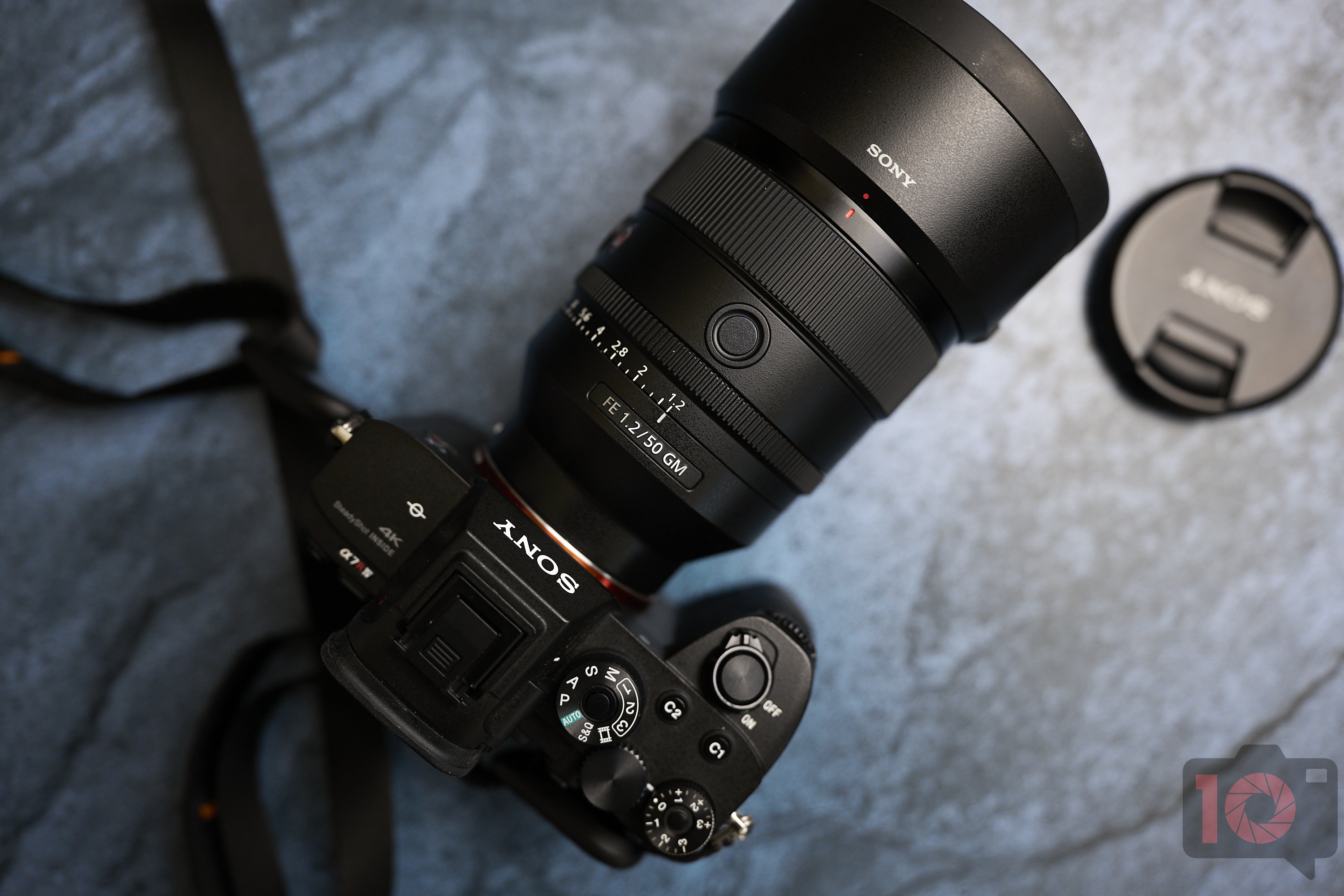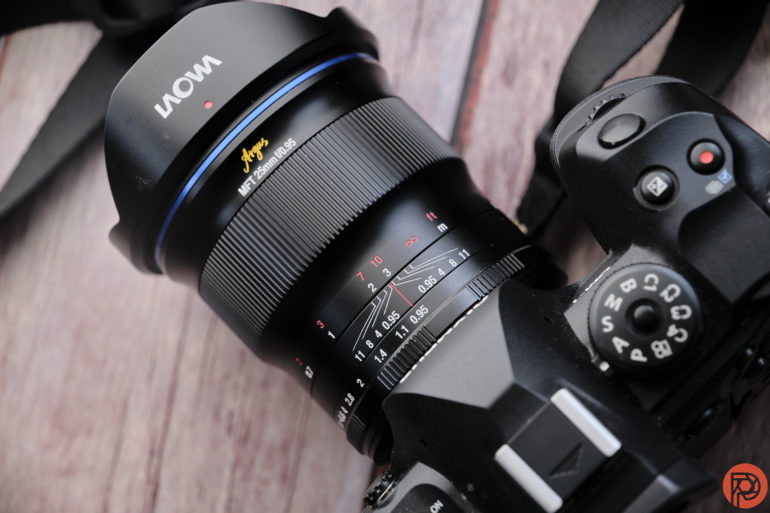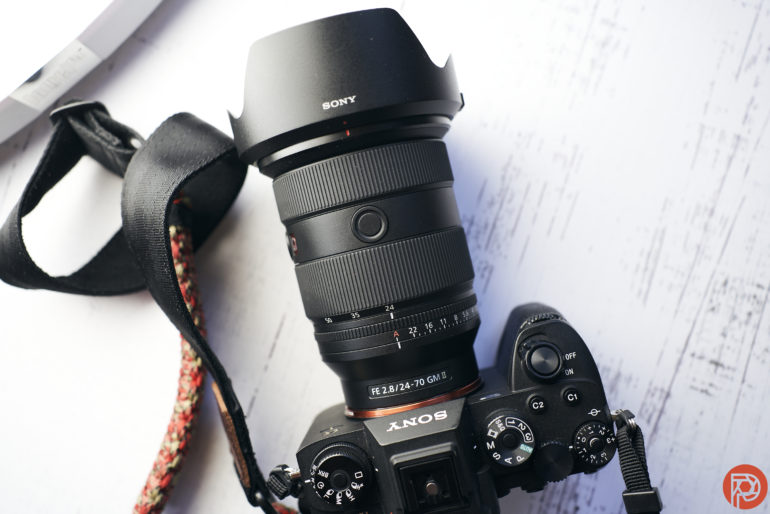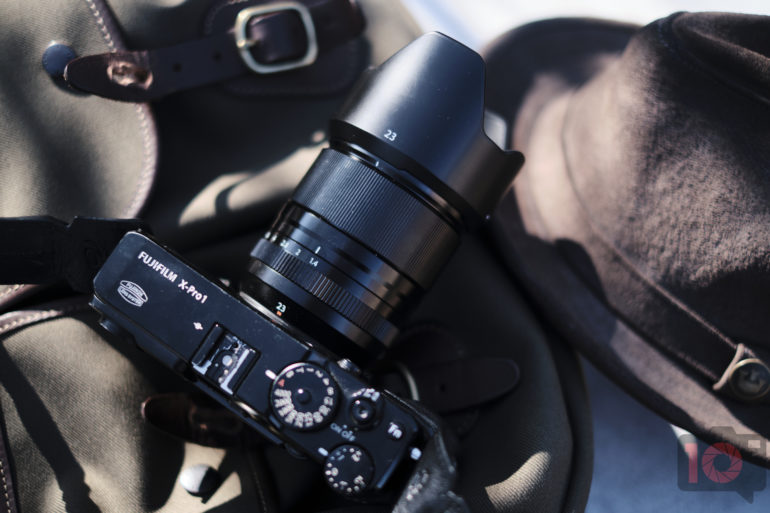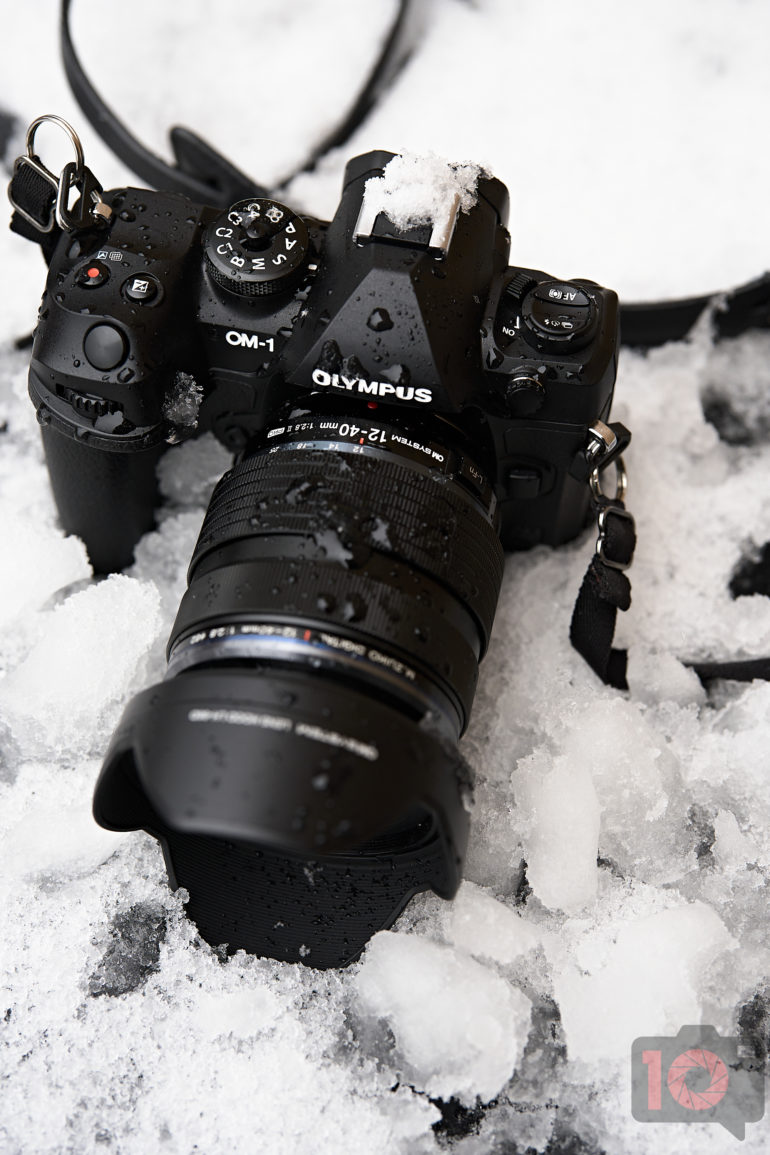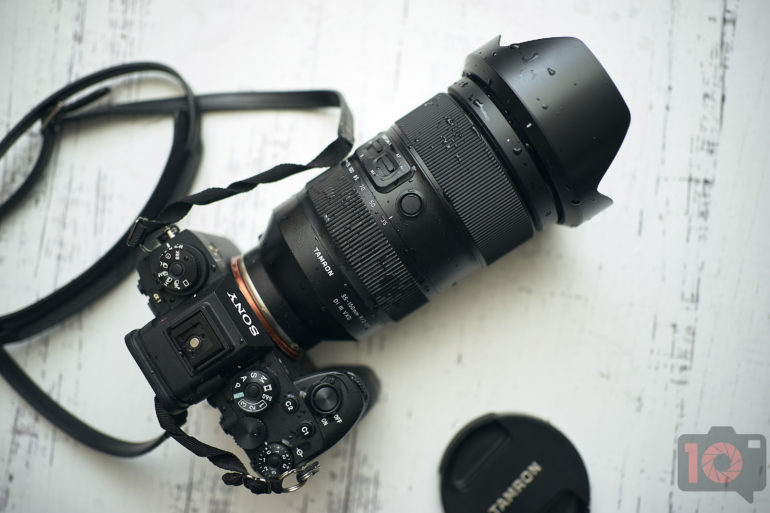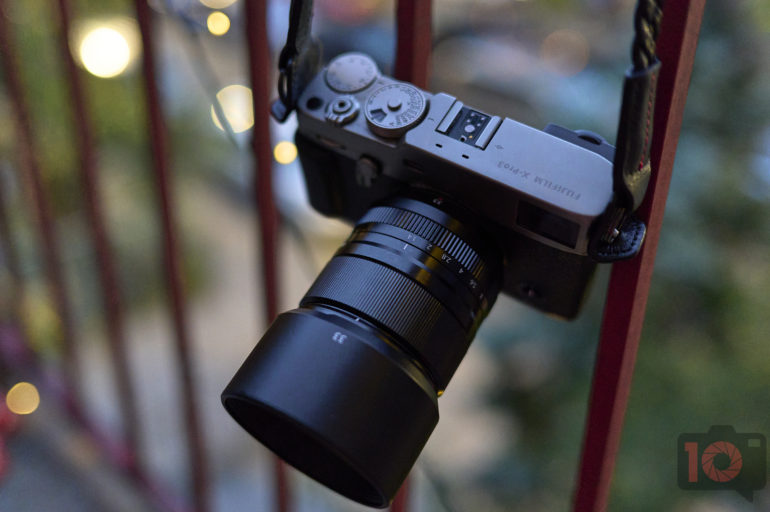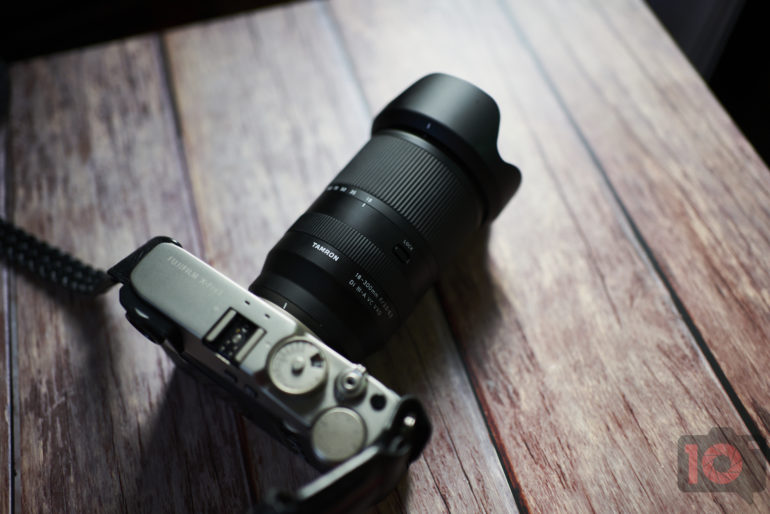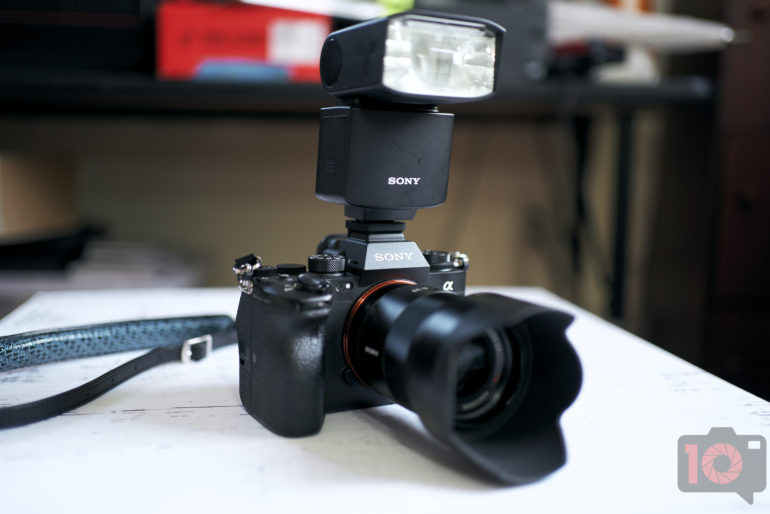Years ago, photographers started to move away from using UV filters and opted to use their lens hoods or lens caps instead. And that’s what most photographers do today. But in the past few years, lens hoods have become problematic, at least when it comes to size. We’ve seen this in a lot of our reviews. I haven’t seen a lot of folks talking about it online, but I think it’s worth discussing.
Subscribers get some sweet perks and are automatically entered into contests!. Download our app for iOS, iPad, and Android and get no banner ads for $24.99/year.
Just How Big Is the Modern Lens Hood?
We’ve reviewed tons of lenses. In fact, we’ve got the most real-world lens reviews of any publication or outlet still around. With that said, in a lot of my reviews I’ve written that lens hoods basically add another 1/3rd to the lens. Here are a bunch of product photos (that we do all ourselves) that illustrate this.
Indeed, if you put the lens hood on, the overall lens body gets much larger but not always much heavier.
Why Is It So Big?
To understand why lens hoods are so large, we have to look at why they were developed. Lens hoods help add contrast to a scene, which also makes the subject more visible in the photo. Lens hoods also work to protect the front element from a variety of things like rain, snow, the spawn you birthed, etc. But over the past decade, lens coatings and overall image quality dramatically improved. Indeed, you could put a UV filter on a lens without a lens hood and not notice a major difference. The only way you might see a slight issue is if you were pixel peeping. But even then, I’d be shocked if folks paid it too much mind.
They Don’t Need to Be This Mammoth
Here’s the truth: the modern lens hood doesn’t need to be so incredibly large. And there are a few reasons why. Firstly, manufacturers have already improved modern lens coatings. So there is no need for extra contrast protection, and lens flares are more or less a thing of the past. As far as protection goes, most modern lenses have very durable front elements. If you truly wanted a bit more protection, a modern UV filter could absolutely do the trick. Otherwise, you could even add a haze filter or something else if you wanted less sharpness.
Alternatively, you could reach for third-party lens hoods. They are smaller, often made of metal, and are therefore more durable. At the same time, metal lens hoods can cause damage. If they get bent, they can become stuck on a camera lens. Still, cutting down on plastics is a good thing for the environment.
Want to Give the UV Filter Another Chance?
First off, we concluded in this test a few years ago that UV filters, even if damaged, have a negligible effect on image quality. We invite you to take a look at the entire thing.
If you’re like some of us, you’re probably also pretty tired of large lens hoods. We’ve got a large article here that talks about why you need a UV filter. So we suggest getting something like a haze filter, pro mist filter, or a UV filter. And if you do, consider the following:
- Modern UV filters are made of glass and are often very good. Unless you’re pixel peeping, you’re not going to notice a difference in image quality.
- Get the ones with a metal ring. I really like B+W filters because their rings are made of brass. They’re incredibly durable and the build quality lets them be easily removed. Trust us, the extra money is well worth it.
- In the past few years, manufacturers have called them Clear Filters instead.
Yes, we think UV filters are worth a try once again. As lens quality has improved, so too has the quality of glass overall.


